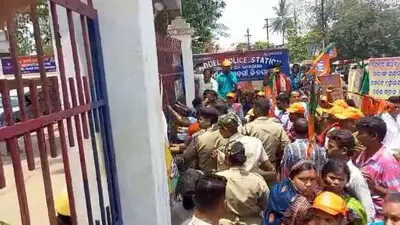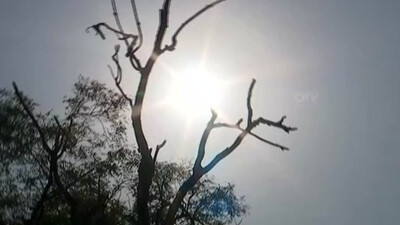Recommended Stories
Bhubaneswar: Odisha Vigilance claimed to have taken seize of a Rs one billion jackpot each in the years 2018 and 2017 from the corrupt babus and karamcharis vis-a-vis a mere Rs 0.29 billion in 2014. This reflects the pace of corruption soaring in Odisha.
While the vigilance had seized assets/cash totaling around Rs 110 crore in 2018, it seized around Rs 107 cr in 2017.
Significantly, what makes the State Vigilance merrily fish so big nowadays is the ever-rising indulgence of sarkari babus in the State, who hardly give a damn to State Vigilance before plundering the public money, because the chances of convictions are only 50:50!
Sample this: As per State Vigilance data, a total of 234 cases had seen disposal in year 2018. As many as 16 cases were abated following death of the accused, 4 given a burial for lack of prosecutable evidence. So, trial concluded in 214 cases, and convictions sentenced in 110 cases. The conviction rate worked out at around 51 per cent. The conviction rate in 2017 was mere 47 per cent.
Given such a scenario of 50:50 chances of conviction, and when amount on offer for looting is so staggering, then State's indulgent babus would hardly blink twice, notwithstanding the posturing over 5Ts that are dear to CM Naveen Patnaik.
Interesting to mention here is the conviction rate in Odisha in the all-important cases of ‘Disproportionate Assets’ (DA), purportedly against the big fishes, during the decade has not been encouraging. Most convictions have come from trap cases and misappropriation cases.
What emboldens corrupt officials in Odisha to loot and scoot is the poor rate of charge-sheeting (means number of cases in which charge-sheets are filed after thorough investigation by Vigilance). The chargesheeting rate, including backlogs, is below 50 per cent in the State.
According to a senior Vigilance official, poor charge-sheeting rate indicates the vulnerability of prolonged or say delayed investigation that in a way lends a long rope to the accused (who are generally influential in power corridors) to tamper with and manage to wriggle out of the Prevention of Corruption Act (PCA) mess with a clean slate.
This observation gains credence, when in Odisha during the last decade nearly a hundred PCA cases were abated because of death of the accused. This puts the glare on how extra-long time a PCA case takes in Odisha to reach its logical conclusion.
Moreover, lighter punishments in most convicted cases with sentences ranging from imprisonment of 1 to 3 years and fines ranging from mere Rs 4,000 to Rs 1 lakh hardly act as a deterrence for the corrupt.
In order to take the corruption bull by its horns, experts observe that there is a need to mandate a fixed time-frame for the investigating officer to complete the investigation, and ensure a real-time trial, the number of courts required should proportionately be linked to the fresh charge sheets filed by the department, which is not the case now, they observed.
Why a corrupt would give two hoots to State Vigilance? Data shows during the period 2001-2018, the department charge sheeted over 1,700 trap cases for trial, but conviction resulted in only half of the trap cases. If such would be the outcome in trap cases, often known as open- and- shut cases, then corruption cases in Odisha would never take a southward drive.













